In the sixth part of our ongoing series looking into aspects of the revenue-sharing debate we wrap up our look at the Amaury family and take our first foray into the foothills of the numbers.
Let’s go back to the beginning. The Tour de France was originally just one of more than a dozen sporting stunts announced by L’Auto in early 1903, all with the express purpose of boosting the newspaper’s circulation. In this the Tour was remarkably successful. From a low of 20,000 L’Auto‘s circulation shot up to 65,000 during the first Tour. Le Vélo, the newspaper which L’Auto had been created to rival, was driven out of business in 1904. Within a decade L’Auto‘s circulation was touching 320,000 during the Tour.
During the first world war, with its pagination reduced to just two pages and Henri Desgrange himself away from the farm, earning a Croix de Guerre as a volunteer infantryman, L’Auto‘s circulation slipped to just 22,000. Post-war, this climbed to 162,000 in 1920. Throughout the ‘twenties L’Auto‘s circulation roared, climbing to 298,000 copies generally and topping out at 650,000 during the Tour in 1930. In 1933, circulation peaked, hitting 364,000 copies generally and touching 730,000 during the Tour.
Then came the decline. By 1938 L’Auto‘s circulation had fallen to 200,000. Not through lack of interest in the Tour: quite the reverse. The Tour had become so popular that L’Auto‘s rivals were giving it their whole-hearted support. They too were getting a large benefit from L’Auto‘s hard work.
Henri Desgrange had tried to tread a delicate line on this issue. Initially, in 1903, when Le Vélo tried to ignore the Tour in the hope that it and its sponsoring newspaper would go away, he complained bitterly. Then, when the race began to boom and L’Auto‘s circulation began to soar, Desgrange tried to block other papers from covering his race. It took him until 1922 to admit defeat and allow rival journalists to follow the Tour. A caravan of fifteen press cars was soon in pursuit of the peloton, five of them belonging to L’Auto.
By the second half of the thirties Paris-Soir – a general interest newspaper – were putting a team of forty journalists on the Tour, supported by two planes, five cars, five motorcycles and a bus. Better still, Paris-Soir, being an evening newspaper, were able to beat L’Auto to the punch by producing an edition of their paper that carried all the news from that day’s racing. Readers of L’Auto, on the other hand, had to wait until the following morning to discover how the race was unfolding.
It wasn’t just rival newspapers that were numbing the effect of L’Auto‘s circulation-boosting stunt. Radio soon discovered the joys of the race. The Tour became a multi-media event and fewer and fewer people relied upon L’Auto to tell them how it was unfolding.
With the arrival of Émilien Amaury in the 1940s, a new order went out: the Tour was no longer to be treated as just a circulation-boosting stunt for his own Le Parisien Libéré and Jacques Goddet’s L’Équipe. The Tour had to grow up and start paying its own way. While revenues from the race did increase over the next two decades, so too did its costs. It wasn’t until 1974 – according to Félix Lévitan – that the Tour started to turn a profit. Think about that a moment: for its first seventy years the Tour didn’t pay its own way. Talk about children refusing to grow up and stop living off their parents, eh?
Let’s jump forward in time. What impact do you think the Tour has on L’Équipe‘s circulation today? Would you be correct in assuming that every July, L’Équipe sees its sales peak? If that’s the case, you’d be wrong.
Fig 1: Combined monthly sales of L’Équipe & L’Équipe Dimanche, 2005-2010 (millions)
Source – OJD
Only once in the last six years has L’Équipe‘s total sales peaked in July. In 2006. Floyd Landis, eh, what a guy? Uum, no. Chapeau instead to Zinedine Zidane and the French World Cup squad.
If the Tour is no longer about selling more newspapers then, what is it about? Well, let’s zip back to the seventies again. In 1973, the Tour was put into the hands of La Société d’Exploitation du Tour de France (the ‘exploitation’ part –wisely – being dropped in 1980). The following year the race turned its first profit. How? Principally through the generosity of host towns.
In 1974, Lévitan was able to squeeze 1,800,000 French francs out of Brittany’s market gardeners and vegetable growers in return for granting them the Tour’s grand départ (some perspective for you: the Tour’s total prize-fund that year was 802,650 French francs). In return for their barrow full of French francs, Brittany’s market gardeners got the prologue and two stages of the 1974 Tour. A third stage – up and down a dual-carriageway in England – was paid for by the operators of a ferry service between Roscoff and Plymouth. The money these opening stages generated was a coup for Lévitan but the racing was, at best, anaemic (of the English stage, the wags at the Daily Mirror were prompted to run the headline ‘Can Forty Million Frenchmen Be Wrong?’). But at that point it was the money that mattered the most.
Towns, cities, whole départments had been paying for the privilege of hosting the Tour for years, providing an important source of revenue for the race organisers. It was Lévitan’s job to squeeze every last centime out of them. And this was something he was the Mr Kipling of finance at: exceedingly good. As he demonstrated in 1974. And continued to demonstrate until his ouster in 1987.
The cost of hosting the Tour has risen as the years have gone by. In 1977 Rennes paid 200,000 French francs for the privilege. According to the-then Mayor, the town “saw the riders for ten minutes and the publicity caravan for three hours.” Almost thirty years later – 2006 – Rennes had to pay €76,000 to host the Tour again, roughly the equivalent of 500,000 French francs.
By the time the Tour came to Ireland in 1998 the cost of hosting a foreign grand départ was something in the region of 5 million French francs. Less than a decade later London coughed up €1.5 million – call it 10 million French francs and you wouldn’t be far wrong – for the 2007 grand départ.
The Tour has other income sources, such as jersey sponsors and the publicity caravan. Important as all these are to the financial well-being of the race, their contribution to the Tour’s coffers is dwarfed by the men who really control the Tour today: the television companies.
The modern Tour is inceasingly a televisual event. And he who pays the piper calls the tune. As France Télévisions demonstrated when they summoned Pat McQuaid to a meeting some years back and told him that race radios were killing the Tour and had to go. With plans for his own races, and the need to sell their media rights for as high a price as possible, McQuaid did his best Michael Flatley impression for the executives at France Télévisions.
It is on the Tour’s television rights that the revenue-sharing debate has recently focused. Quite how big those rights really are we’ll come to later in this series. For now it is sufficient to note that putting a value on them is not straightforward. Putting any values on the Tour’s revenues and expenses – on its profits – is not easy. While the Société du Tour de France used to file annual accounts, once the race fell under the control of ASO in the early nineties a shroud was pulled over the race’s profitability.
With the Tour’s finances under a shroud, attention shifts to ASO itself. Since the creation of ASO new events have been added to the Amaury’s sporting empire. In 1998 ASO acquired the Marathon de Paris, previously the property of Stade Française. In 2002, they acquired Paris-Nice and created the Tour of Qatar. In 2003 they added l’Open de Golf de France to their stable of events.
In that year – 2003 – out of a total 117 days of sport organised by ASO, 74 of them were cycling (motor sports accounted for 21, golf 16, equestrianism 4, and athletics 2). In total, cycling contributed 70% of the company’s revenue (motor sports accounted for 21%, athletics 4%, golf 4%, and equestrianism 1%). ASO’s total income – somewhere between €110 million and €120 million – was split between TV rights (44%), marketing (39%), competitors’ rights (12%), and local communities (5%).
In 2004 the Rencontres Internationales des Disciplines Équestres (RAID) was added to ASO’s roster. They also added the Paris-Dakar. In 2008 they took a 49% stake in Unipublic, organisers of the Vuelta a España. The following year a partnership was announced with the organisers of the Tour of California. The next year they liberated the Critérium du Dauphiné Libéré from its previous owner. All of these acquisitions – and the various ones not listed here – have had an impact on ASO’s revenue and profitability.
Last year, the cycling world finally decided to shine a light on ASO’s revenues and profits. Someone released a set of numbers showing a jump in ASO’s revenue between 2008 and 2009 of €24 million and a profit of €32 million. Many leapt to the conclusion that all of this was down to the Tour de France. Then, heaping foolishness upon foolishness, they credited it all to the unretiring Lance Armstrong. John Wilcockson and VeloNews treated those claims with the scorn they deserved, going back to 2002 to show the true picture.
Figure 2: ASO Revenues and Profits, 2002-2009.
Source – VeloNews / ASO accounts
The big drop in revenues in 2008, Wilcockson explained, was down to the last-minute cancellation of the Dakar. When the Dakar returned in 2009, so did the revenue. Or most of it. That ASO’s revenue in 2009 was less than the figure for 2007 is telling: the world of sport is as credit-crunched as the rest of the global economy.
The numbers shown in the chart above are central to the revenue-sharing debate. While the debate has, so far, focused on the alleged $200 million of TV revenue generated by the Tour, the real argument is about getting ASO to share more of the total wealth cycling generates for the Amaurys. Instead of feeding back into the pockets of the Amaurys (and Arnaud Lagardère) the teams would like to see more of the wealth feeding back into their pockets.
How wealthy are the Amaurys? The question may not seem relevant to cycling’s revenue-sharing debate, not when you consider the full scope of the Amaurys’ empire (see An Empire at the Crossroads, part 4 of this series). But it is worth considering if only to realise what’s in this for the Amaurys and why they didn’t simply accept Arnaud Lagardère’s offer last year to take the whole kit and caboodle off their hands.
Connections magazine in France produces a French rich list. As with all rich lists a certain amount of salt should be pinched when you consider these numbers. Numbers are plucked out of thin air and estimates are heaped upon estimates to arrive at a final figure. Most rich lists are just fun colour pieces, not to be relied upon. With that caveat in mind, here’s how the family’s wealth has been estimated over the last few years:
Figure 3: Amaury Family Wealth, 2004-2011.
Source – Connections
Most of you will have noticed the big drop in the family’s wealth between 2007 and 2008, from €450 million to €228 million. You will remember that the patriarch of the clan, Philippe Amaury, died in 2006. Death duties on his estate presumably wiped out a lot of the family’s fortunes. But unlike the situation when he finally secured his inheritance in 1983 – when he had to sell a quarter stake in the empire to Arnaud Lagardère’s father – this time around the surviving Amaury’s had enough reserves to be able to pay the state its dues without having to cede more control of their empire.
The Amaurys were not without offers of help after Philippe Amaury’s death. Some people just like to be nice and help someone out when they find themselves in troubled times. Charitable sorts, some people are. Ever eager to lend a helping hand. That the Amaurys refused these offers of aid is worth remembering. Having refused to sell the family silver when they were at their lowest ebb, and having refused other offers since, it’s hard to see the Amaurys simply walking away from the family business today. Not without a fight. Or a very, very generous offer.
It is equally hard to see them giving in easily to the entreaties of the AIGCP that the pocket money paid to the teams should be increased at the cost of ASO’s profitability. Not without the AIGCP offering to do something nice for the Amaurys in return. Is the AIGCP’s promise to spend more money on anti-doping sufficiently nice? Or would the Amaurys be skeptical of such a pledge and want to protect the teams from themselves and their tendency to out-bid one another in their quest for the shiniest riders in the shop window? Only time will tell.
Previously: The man who would be king.

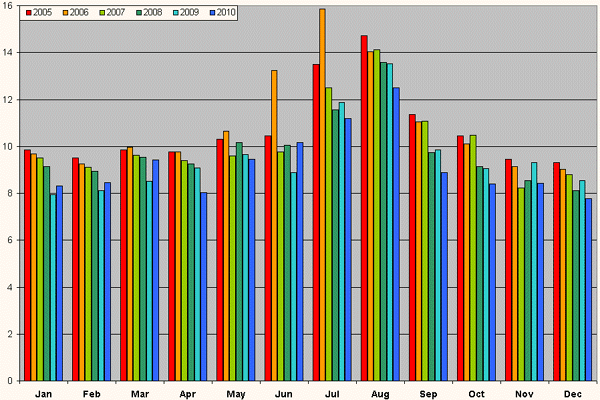
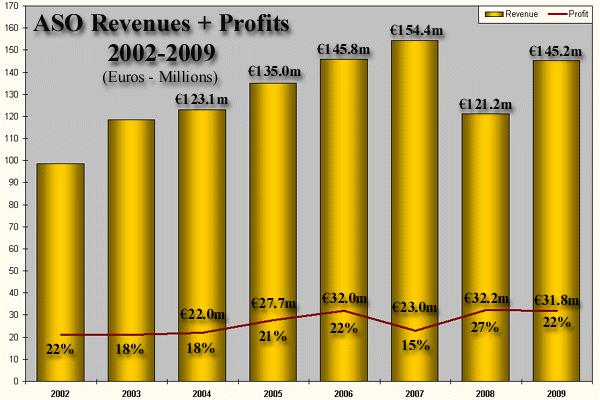
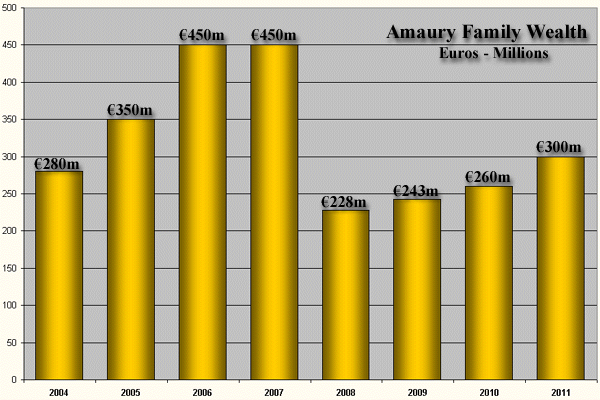

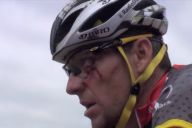




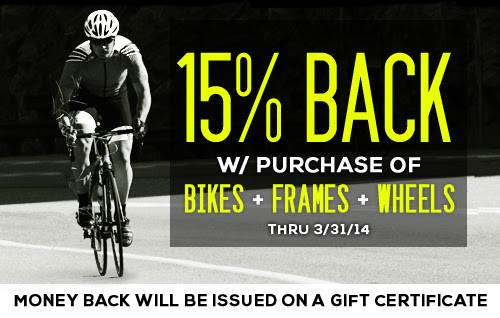

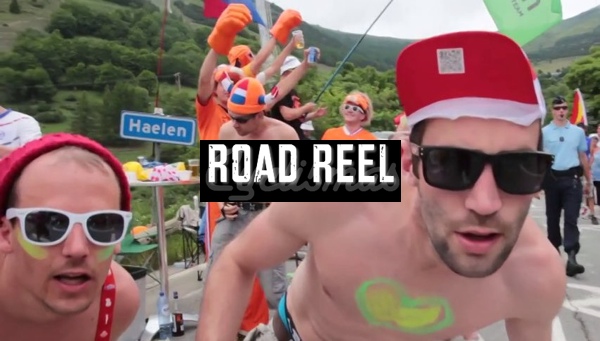
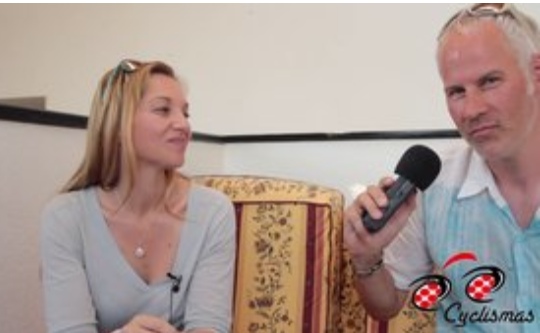
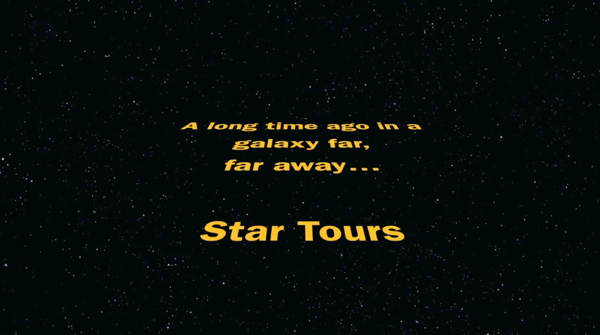
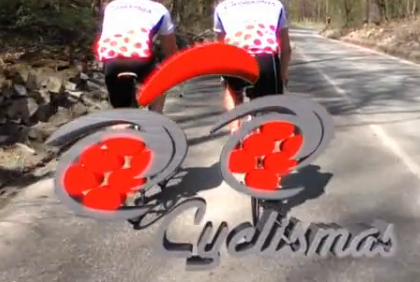

3 Comments
[…] Next: Back to basics – the Tour de France in numbers. […]
[…] What’s in it for the Amaurys? Tags: UCI, UCI Accounts 2010 function fbs_click() […]
[…] host towns? That TV revenue is pure profit to ASO? Bear in mind here that, in 2006, 2008 and 2009, ASO reported total profit of just €32 million a year. That’s from all their events, not just the cycling […]